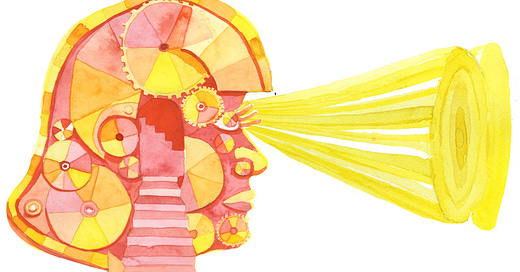Dear reader,
Greeting from Paris. I’m writing with exciting news.
was kind enough to let me write a guest post on her fabulous newsletter Draw Together with Wendy Mac (a go-to for me personally when in desperate need of drawing prompts). Wendy has always been a big inspiration and go-to artist reference so you can’t imagine how thrilled I am to be feat…Keep reading with a 7-day free trial
Subscribe to La Vie en Watercolor / Jessie Kanelos Weiner to keep reading this post and get 7 days of free access to the full post archives.




